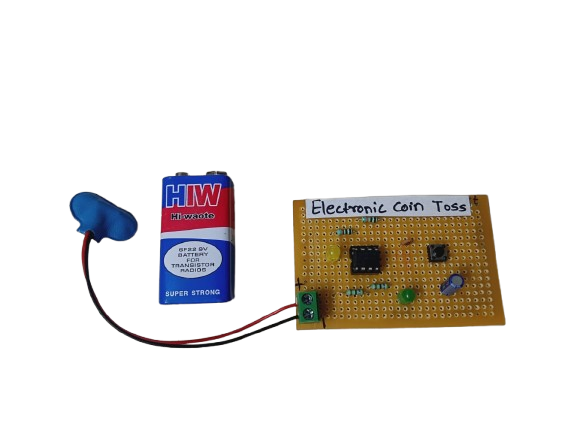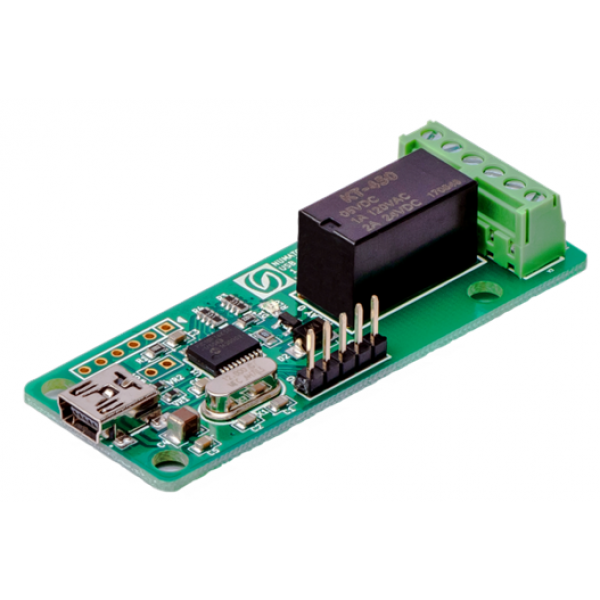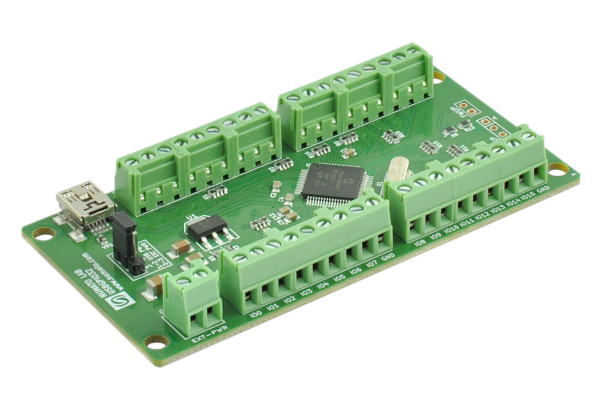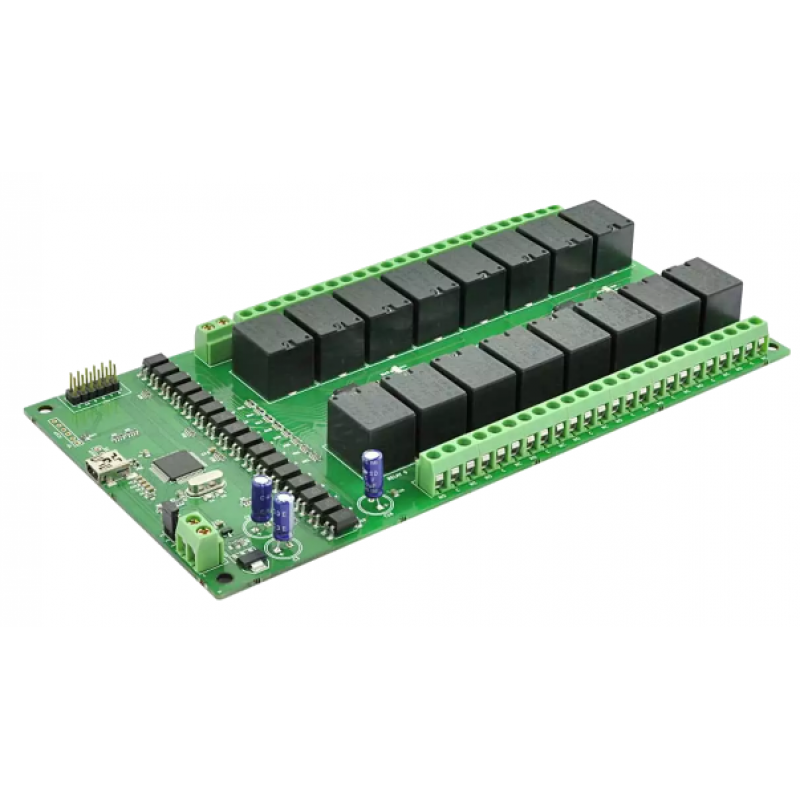16 Channel Ethernet GPIO Module With Analog Inputs
₹5,480.00
In StockFor Numato Products Price details/ quotation please mail your requirements on dolphinlabs17@gmail.com
Description
For Numato Products Price details please mail your requirements on dolphinlabs17@gmail.com
Numato’s 16 Channel Ethernet GPIO module is low cost easily deployable solution for connecting your PC to other electronic circuitry through a network. This GPIO module can be accessed through a simple web interface or Telnet. Ease of use and wider operating system compatibility are the primary goals behind this product’s design. This simplicity allows the use of off-the-shelf Terminal Emulation programs such as HyperTerminal and TeraTerm for controlling the module with a simple set of human-readable commands through Telnet or through easy to use Web interface. For power users, this module can be controlled by writing programs in various programming languages.
Features
- 16 TTL (3.3V) compatible GPIOs available
- All GPIOs can be individually configured as input or output
- Can be controlled by using a simple web interface or Telnet
- No TCP/IP protocol knowledge required
- 10 Analog input channels (Multiplexed with GPIOs)
- 10 Bit Analog input resolution
- 2,25ma Source/Sink capacity(depend on the IOs).
- Microcontroller: Microchip PIC18F97J60(1-Mbit Flash Microcontroller with 10Mbps Ethernet communication peripheral).
- Memory: Microchip 25LC1024 serial EEPROM provides 1024 Kbits of storage for both web pages and nonvolatile configuration.
- MAC Address: Separate Serial EEPROM(24AA02E48) with Globally Unique value used as MAC Address for the device.
- Reset Jumper: Resets the board to factory defaults.
- Password-protected Web console and Telnet communication interface.
- LED indication for Power.
Applications
- Home Automation
- Lighting Control
- Garden Equipment Control
- Industrial Automation
- Test Fixtures
- DIY and Hobby
-
An Electronic Coin Toss circuit is an electronic version of the classic coin flip — often used to make quick decisions, settle disputes, or play games. It mimics the randomness of a real coin toss using digital logic or a microcontroller to generate a pseudo-random result and display it using LEDs or a text display (e.g., “Heads” or “Tails”).
₹160.00 -
A Room Temperature Monitoring System measures and displays the temperature inside a room and alerts the user when it goes above or below preset limits. It ensures comfort, safety, and energy-efficient temperature control.
















